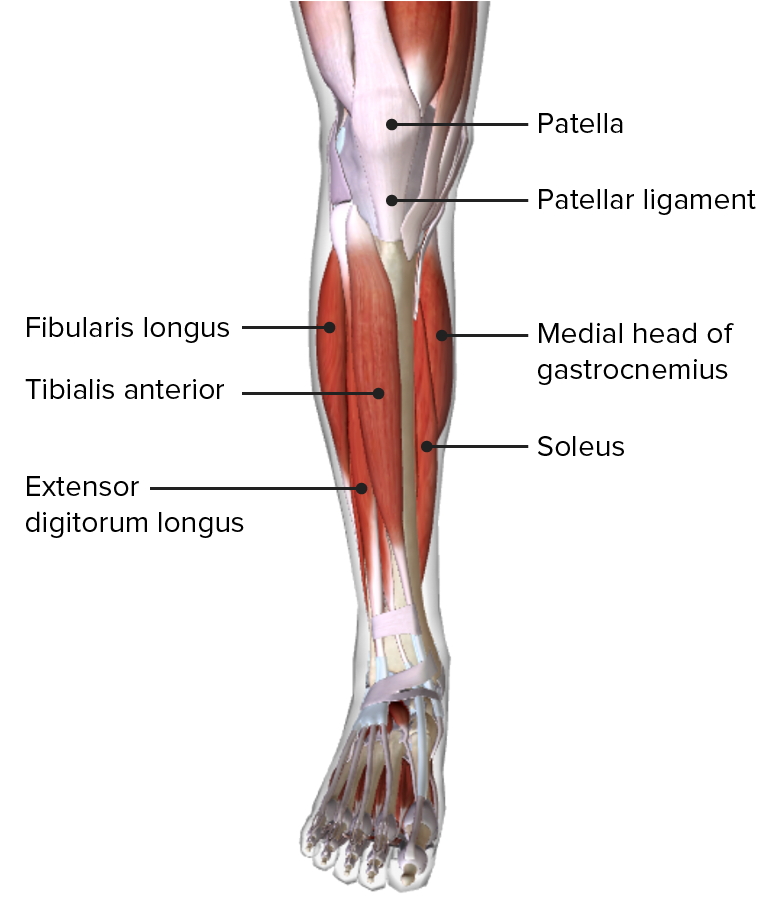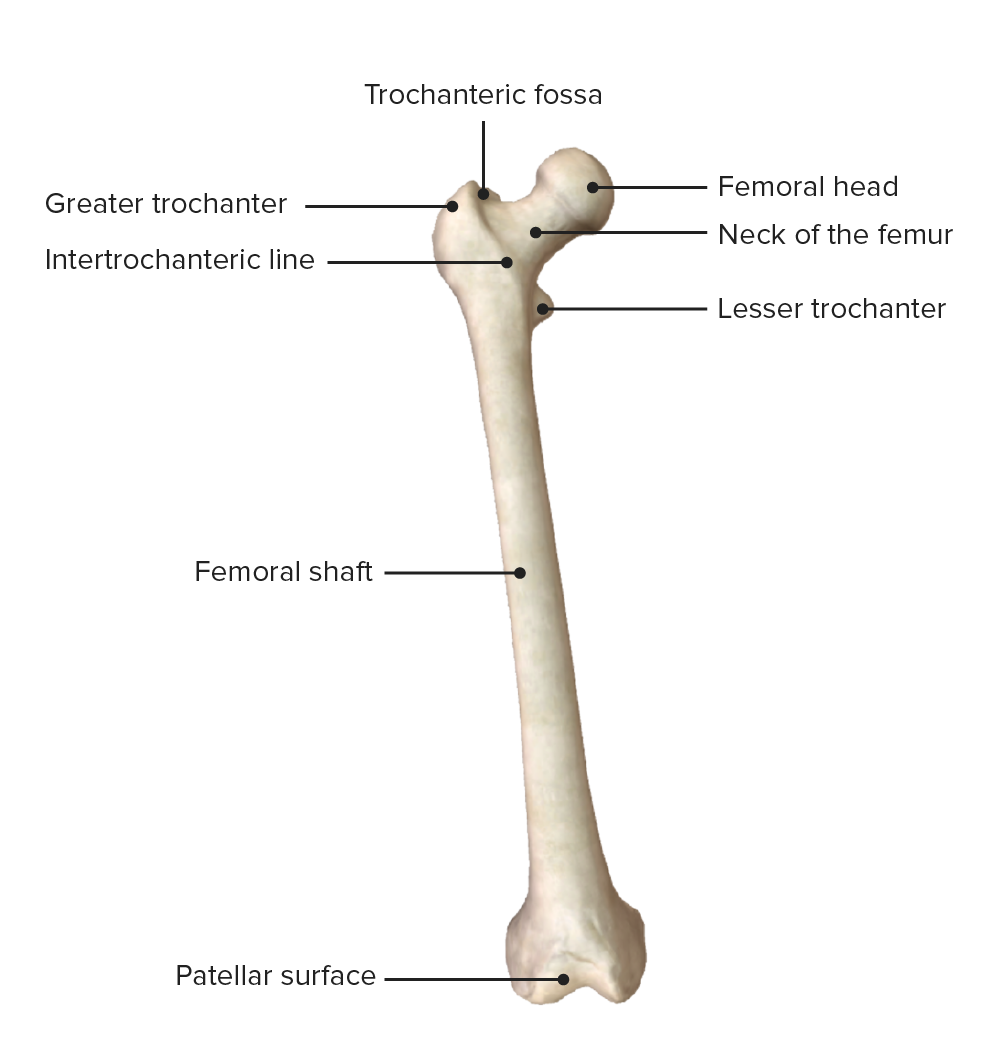Playlist
Show Playlist
Hide Playlist
Superficial and Deep Venous Drainage of the Lower Limbs
-
Slide Superficial and Deep Venous Drainage Lower Limbs.pdf
-
Download Lecture Overview
00:01 Now let's look at the venous drainage of the lower limb and there's some important kind of concepts that we need to get across. first of all. 00:09 First of all, we have a series of these superficial veins and these lies superficial to the deep fascia. 00:16 We can see a layer of deep fascia here and these superficial veins, some of them the great and the small saphenous veins for example, are lying superficial to that fascia, but at various points there will need to be connections with some deep veins and we can see those here. 00:35 So here we've got a deep vein that is sitting underneath that fascia. 00:39 So we've got some deep veins, a layer of fascia and then superficial veins. 00:44 And what we see is that actually perforating this fascia is a number of communicating or perforating veins. 00:52 And these really create this network of venous drainage from the low limb all the way up back to the core of the body. 01:00 And they do this by passing between and over the fascia connecting the deep and superficial veins together. 01:07 Importantly, though, these Rena structures have valves. 01:11 And that's important to prevent the blood from flowing distally. 01:15 What we want is the arteries to supply these distal structures, but then the renal structures to return that blood back to the core of the body. 01:24 A key problem is gravity. 01:26 So what we're relying on is the contraction of the muscles to compress the veins and push the blood in those two directions. 01:34 Obviously, if you squeezed the vein, then blood is going to go distally and it's also going to go proximally. 01:40 What we have to prevent the blood from moving distally though are these valves. 01:45 And they prevent what's said here retrograde flow of blood. 01:49 So these venous valves are really important. 01:52 So when the contraction of the lower limb, it compresses the veins, it can only force the venous blood to return superiorly towards the core of the body. 02:02 The valves that are present, prevent it moving retrograde, back down distally. 02:06 These are really important. 02:08 Insufficiency of these valves, if these valves become damaged can lead to bulging of these veins. 02:14 As blood is now being forced into regions, it's not typically there and you may get some varicose veins appearing. 02:21 Let's have a look at a couple of specific veins in this region. 02:24 So we have two which are really important that drain a large portion of the superficial tissue. 02:30 This is the great saphenous vein, we can see here medially and the small saphenous vein which is most often the same posteriorly, we can see a little bit here on the lateral margin, we've got the great saphenous vein we can see here. 02:42 It's coming from the dorsal venous network that's laying over the superior or dorsal surface of the foot. 02:49 And then it aggregates together into one single blood vessel, the great saphenous vein that sits anterior to the medial malleolus. 02:57 It then ascends up the lower limb posterior to the medial condyle of the femur before it then passes through that deep fascia via the saphenous opening into the femoral vein. 03:09 So the great saphenous vein is an important vein, it very much runs up the medial aspect of the lower limb and it passes into the femoral vein. 03:19 Another important blood vessel that's draining superficial tissue is the small saphenous vein, we can see here. 03:26 It's draining blood from this lateral surface of the foot, then runs posterior to the lateral malleolus and ascends up lateral to the calcaneal tendon. 03:36 Smaller veins are running into it as we see here all of the time, draining all of that subcutaneous tissue. 03:43 But the small saphenous vein then runs up, it runs into the popliteal vein which we can locate in the popliteal fossa. 03:50 So the small and the great saphenous veins are important in draining the lower limbs. 03:56 Within the lower limb we have a series of deep veins and these generally follow the same course and therefore have similar names to the arteries. 04:04 So for example, we have the femoral artery, we’ll have the femoral vein. 04:09 We mentioned the great saphenous vein draining into it, connection of the superficial into the deep. 04:15 We have the deep femoral artery, so we'll have the deep femoral vein. 04:18 We have perforating arteries and veins that pass into the femur, we also have the lateral circumflex artery, so we'll have a vein runs alongside it as well. 04:27 Here's the medial version for detail. 04:29 The popliteal artery passes down into the popliteal or fossa to help supply the lower limb, especially the leg region. 04:36 And we'll have a corresponding popliteal vein there as well. 04:40 We then have posterior tibial veins and anterior tibial veins that are following the same path as their anterior and posterior siblings.
About the Lecture
The lecture Superficial and Deep Venous Drainage of the Lower Limbs by James Pickering, PhD is from the course Fasciae and Neurovasculature of the Lower Limbs.
Included Quiz Questions
What assists with venous drainage from the lower limbs to the heart?
- Venous valves
- Muscular contraction
- Collagen deposition
- Fibrosis
- Giant cells
From where does the great saphenous vein originate?
- Dorsal venous network
- Plantar venous network
- Achilles tendon
- Flexor retinaculum
- Anterior tibial network
Customer reviews
5,0 of 5 stars
| 5 Stars |
|
5 |
| 4 Stars |
|
0 |
| 3 Stars |
|
0 |
| 2 Stars |
|
0 |
| 1 Star |
|
0 |





